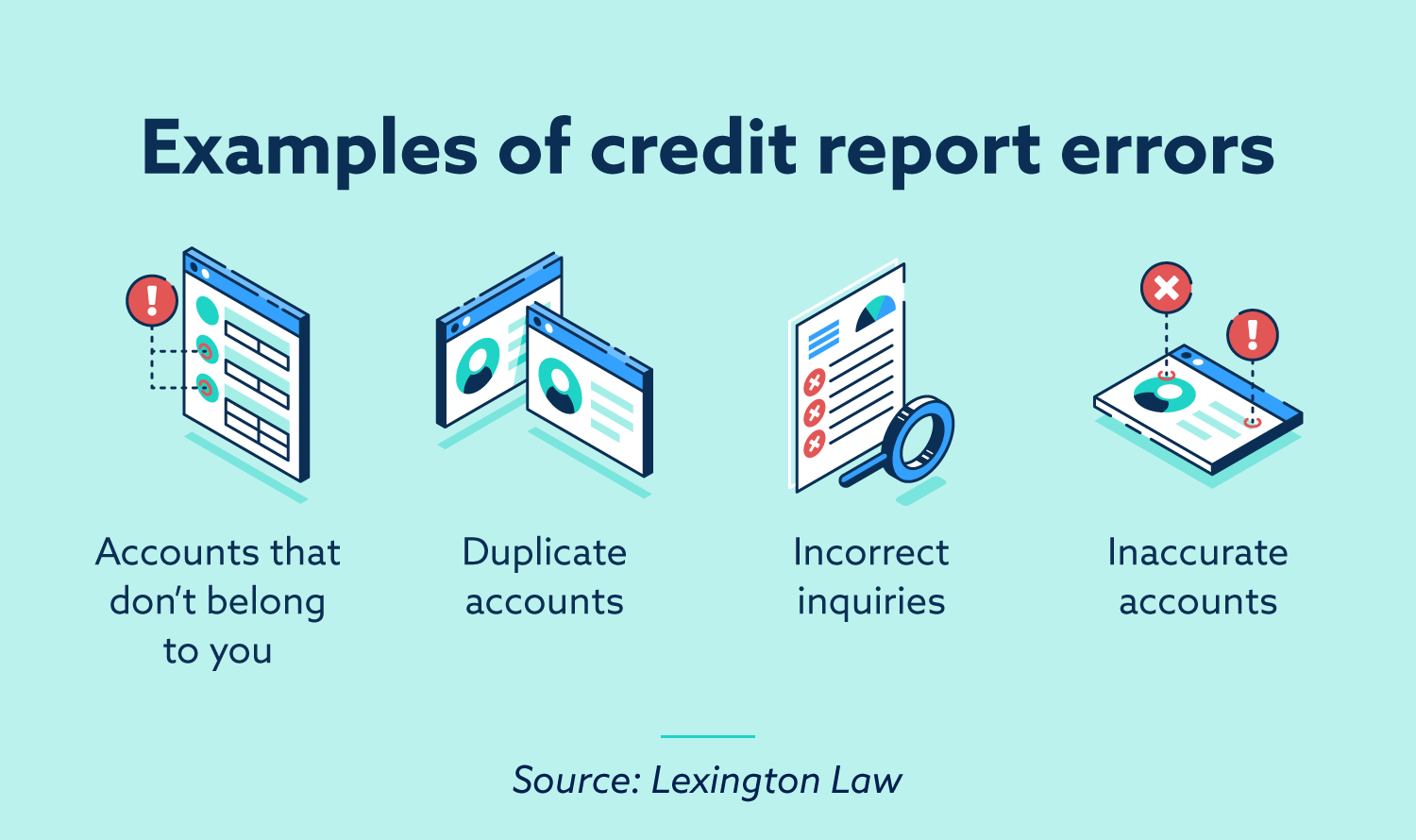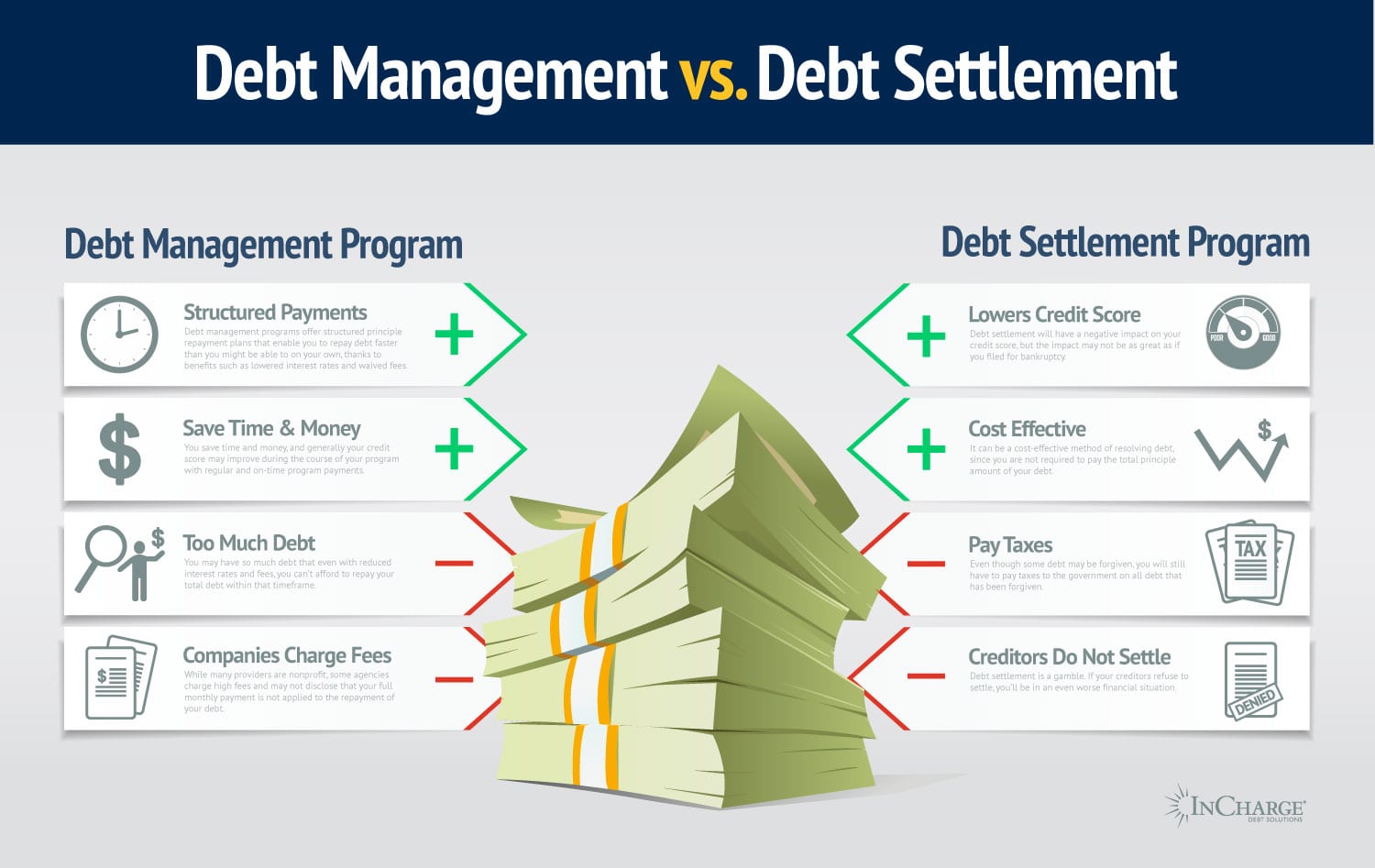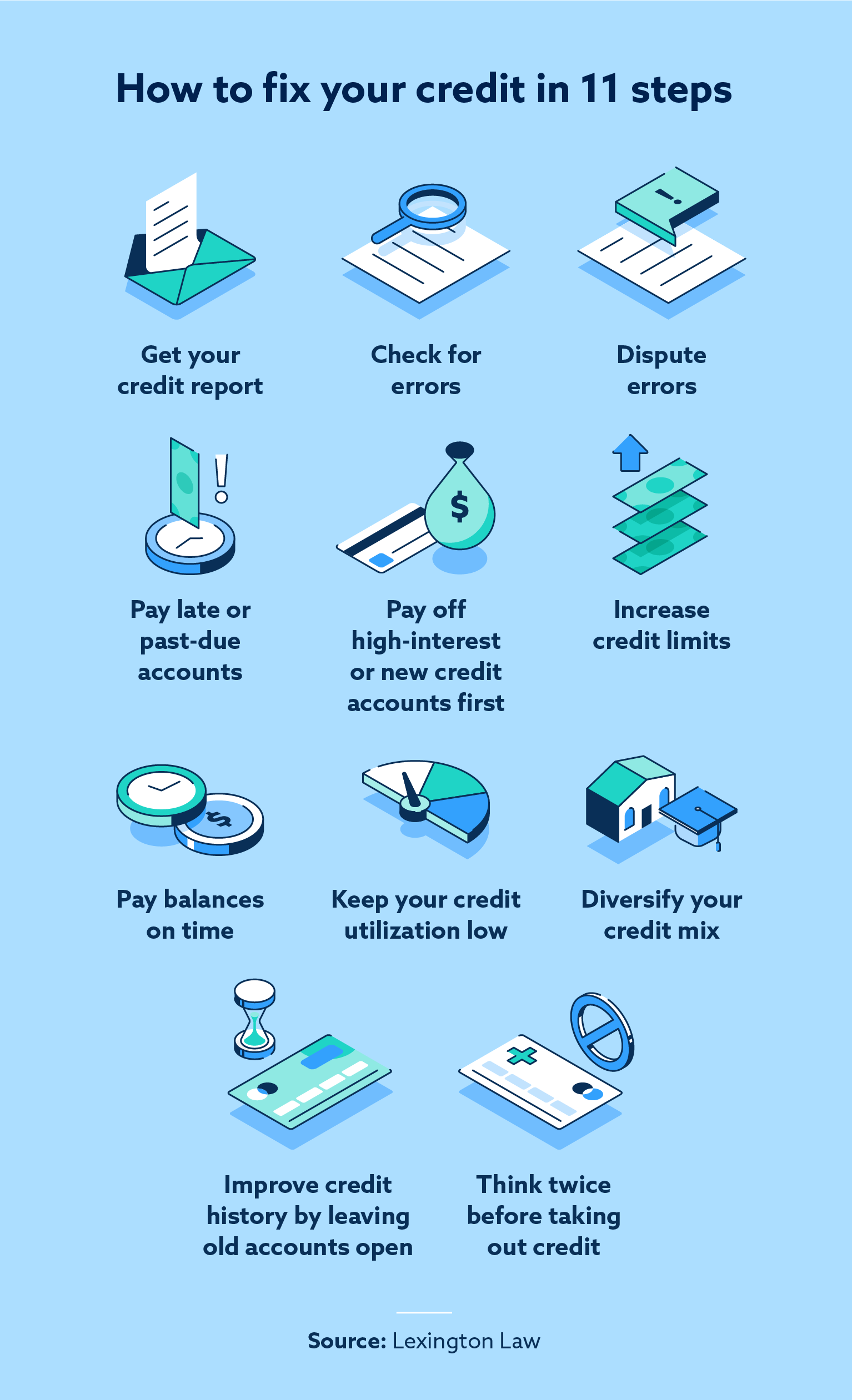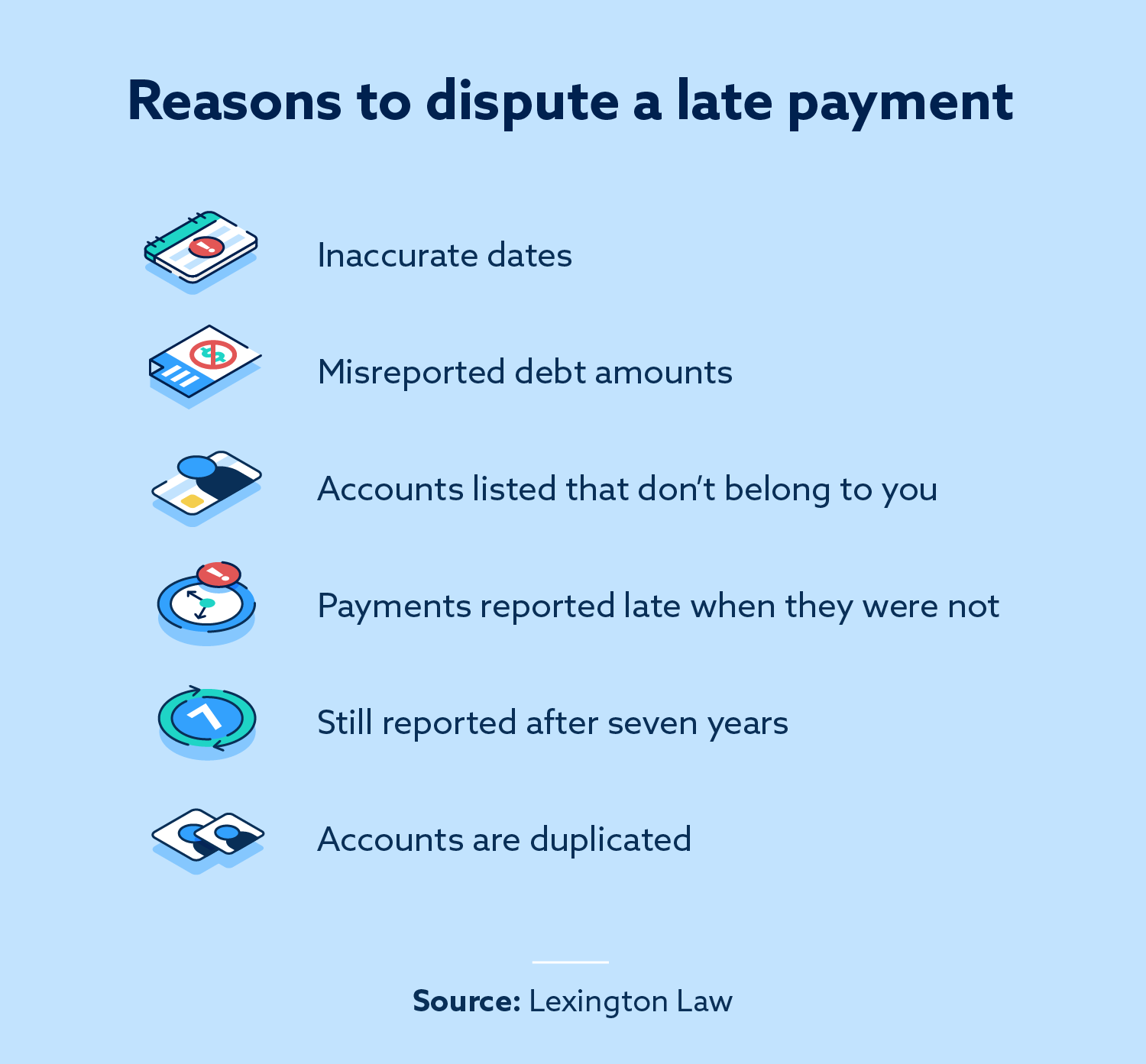How To Repair Credit After Bankruptcy?
Are you looking for ways to repair your credit after bankruptcy? Don’t worry, I’ve got you covered! Going through bankruptcy can be a difficult and overwhelming experience, but it doesn’t mean your credit is ruined forever. With the right strategies and a little patience, you can start rebuilding your credit and restoring your financial health. In this article, I’ll walk you through some effective methods to repair your credit after bankruptcy and get back on track.
First things first, it’s important to understand that rebuilding your credit after bankruptcy will take time and effort. You won’t see immediate results, but with consistent action, you can make significant progress. One of the first steps is to review your credit report to ensure its accuracy. Look out for any errors or discrepancies that may be negatively impacting your credit score. Dispute any incorrect information with the credit bureaus to have it removed from your report.
Now that you have a clear understanding of your credit situation, it’s time to create a realistic budget and stick to it. Managing your finances wisely is crucial during this time. Make sure to prioritize your debts and pay them on time, as this will gradually improve your creditworthiness. Consider setting up automatic payments or reminders to avoid missing any due dates.
In addition to paying your debts on time, it’s important to start establishing new lines of credit responsibly. This may include getting a secured credit card or becoming an authorized user on someone else’s card. These options allow you to build a positive payment history and show lenders that you can handle credit responsibly.
Another effective strategy is to keep your credit utilization low. Aim to keep your credit card balances below 30% of your available credit limit. High credit utilization can negatively impact your credit score, so try to pay off your balances in full each month if possible.
Finally, be patient and persistent. Rebuilding credit takes time, but with consistent effort, you can see significant improvements. Stay committed to your financial goals and continue practicing good money management habits. Remember, bankruptcy is not the end of your financial journey, but rather a fresh start to build a stronger and more secure future.
In conclusion, repairing your credit after bankruptcy is possible with the right strategies and a positive mindset. By reviewing your credit report, creating a budget, managing your debts responsibly, and practicing good credit habits, you can gradually rebuild your creditworthiness. Remember, it’s a marathon, not a sprint. Stay focused and committed, and you’ll be well on your way to achieving
- Evaluate your current credit report by obtaining a free copy from each of the three major credit bureaus: Experian, Equifax, and TransUnion.
- Dispute any errors or inaccuracies on your credit report directly with the credit bureaus.
- Start rebuilding your credit by applying for a secured credit card and making timely payments.
- Consider becoming an authorized user on someone else’s credit card to piggyback off their positive credit history.
- Create a budget and stick to it to ensure you can make all your payments on time.
- Avoid opening multiple new credit accounts at once, as this can negatively impact your credit score.
- Pay all bills on time, including utilities and rent, as these can also contribute to your creditworthiness.
- Monitor your credit regularly and track your progress as you work towards rebuilding your credit after bankruptcy.
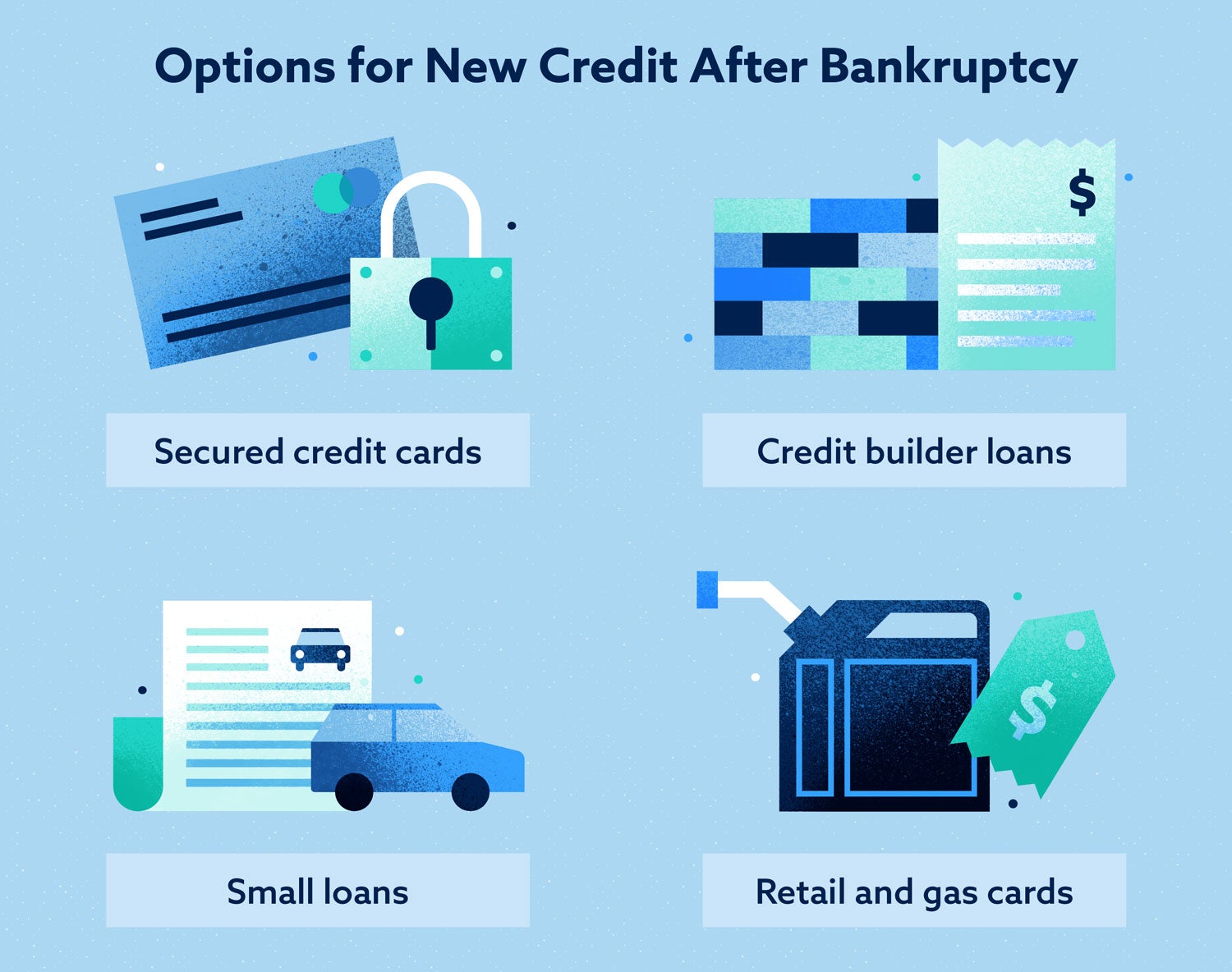
How to Repair Credit After Bankruptcy?
Bankruptcy can have a significant impact on your credit score and financial well-being. However, it’s not the end of the road for rebuilding your credit. With the right strategies and diligent effort, you can repair your credit and regain financial stability. In this article, we will explore various steps and techniques to help you repair your credit after bankruptcy.
Understanding the Impact of Bankruptcy on Your Credit
When you file for bankruptcy, it stays on your credit report for several years, which can make it challenging to obtain new credit or loans. It may seem like a daunting task to recover from the negative effects of bankruptcy, but it’s not impossible. Here are some steps you can take to rebuild your credit:
1. Assess Your Financial Situation
The first step in repairing your credit after bankruptcy is to assess your financial situation. Take a close look at your income, expenses, and debt obligations. Create a budget that allows you to meet your financial obligations while leaving room for saving and rebuilding your credit. This assessment will give you a clear understanding of your current financial standing and help you develop a plan moving forward.
2. Monitor Your Credit Report
Monitoring your credit report regularly is crucial, especially after bankruptcy. It allows you to keep track of your progress and ensures the accuracy of the information being reported. Request a free copy of your credit report from each of the three major credit bureaus – Equifax, Experian, and TransUnion. Review the report carefully and dispute any inaccuracies or errors you find.
Strategies to Repair Credit After Bankruptcy
1. Establish a Budget and Stick to It
Creating a budget is essential to manage your finances effectively and rebuild your credit. Start by listing all your income sources and monthly expenses. Allocate a specific amount for debt repayment and savings. By sticking to your budget, you can demonstrate financial responsibility and improve your creditworthiness over time.
2. Pay Bills on Time
One of the most critical factors in rebuilding your credit after bankruptcy is making timely payments. Paying your bills on time demonstrates your ability to handle financial obligations responsibly. Consider setting up automatic payments or reminders to ensure you never miss a payment. Over time, consistent on-time payments will positively impact your credit score.
3. Apply for a Secured Credit Card
Secured credit cards are an excellent tool for rebuilding credit. Unlike traditional credit cards, secured cards require a cash deposit as collateral. The deposit serves as your credit limit and protects the issuer in case of non-payment. By using a secured credit card responsibly and making timely payments, you can gradually improve your credit score.
4. Consider Credit Builder Loans
Credit builder loans are specifically designed to help individuals rebuild their credit. These loans require you to make regular payments over a predetermined period. The lender holds the loan amount in a savings account, and once you complete all payments, you receive the funds. Credit builder loans show a positive payment history, which can significantly improve your creditworthiness.
Benefits of Repairing Credit After Bankruptcy
Repairing your credit after bankruptcy offers several benefits that can positively impact your financial future. Some of the key advantages include:
– Improved creditworthiness: Rebuilding your credit allows you to regain the trust of lenders, making it easier to access credit and loans in the future.
– Lower interest rates: With an improved credit score, you can qualify for loans and credit cards with lower interest rates, saving you money in the long run.
– Better financial opportunities: Repairing your credit opens doors to better financial opportunities, such as purchasing a home, leasing a car, or starting a business.
– Enhanced peace of mind: Rebuilding your credit after bankruptcy provides a sense of financial stability and peace of mind, knowing that you are taking steps towards a brighter financial future.
Tips for Successful Credit Repair After Bankruptcy
Repairing your credit after bankruptcy can be challenging, but with the right approach, it is achievable. Here are some tips to help you succeed:
– Stay committed: Rebuilding credit takes time, patience, and consistency. Stay committed to your financial goals and make responsible financial decisions.
– Avoid new debt: While it’s essential to have credit accounts to rebuild your credit, it’s equally important to avoid taking on unnecessary debt. Use credit responsibly and only make purchases you can afford to pay off.
– Seek professional guidance: Consider working with a credit counselor or financial advisor who specializes in credit repair. They can provide personalized guidance and help you navigate the complexities of rebuilding credit after bankruptcy.
In conclusion, rebuilding your credit after bankruptcy is a process that requires discipline, patience, and a well-thought-out plan. By implementing the strategies mentioned in this article and adopting responsible financial habits, you can gradually repair your credit and regain financial stability. Remember, it takes time, but with perseverance, you can achieve a healthier credit profile and a brighter financial future.
Key Takeaways: How to Repair Credit After Bankruptcy
- Stay on top of your credit report by checking it regularly.
- Make all payments on time to rebuild your credit history.
- Consider getting a secured credit card to start rebuilding credit.
- Reduce your debt-to-income ratio by paying off existing debts.
- Seek professional advice from credit counseling agencies for guidance.
Frequently Asked Questions
Question 1: Can I repair my credit after bankruptcy?
Yes, it is possible to repair your credit after bankruptcy. While bankruptcy can have a significant impact on your credit score, it is not a permanent black mark on your financial history. With patience, discipline, and a strategic approach, you can begin rebuilding your credit and improving your financial standing.
Start by reviewing your credit report to ensure its accuracy. Look for any errors or discrepancies that may be negatively affecting your credit score. Dispute any incorrect information and work with credit reporting agencies to get it corrected.
Question 2: How long does bankruptcy stay on your credit report?
Bankruptcy can stay on your credit report for up to 10 years, depending on the type of bankruptcy filed. Chapter 7 bankruptcy, the most common type for individuals, remains on your credit report for 10 years from the filing date. Chapter 13 bankruptcy, which involves a repayment plan, typically stays on your credit report for 7 years from the filing date.
Although bankruptcy can have a significant impact on your credit score, its impact lessens over time. By taking steps to rebuild your credit, you can minimize the long-term effects of bankruptcy.
Question 3: What steps can I take to rebuild my credit after bankruptcy?
Rebuilding your credit after bankruptcy requires a careful and strategic approach. Here are some steps you can take:
1. Create a budget: Establish a budget to manage your finances effectively and ensure you can meet your financial obligations.
2. Pay bills on time: Make all future payments on time to demonstrate your creditworthiness and rebuild trust with lenders.
3. Apply for a secured credit card: Secured credit cards require a deposit and can be a useful tool for rebuilding credit. Make small purchases and pay off the balance in full each month to show responsible credit management.
4. Consider a credit builder loan: A credit builder loan allows you to build credit by making regular payments. These loans are specifically designed to help individuals rebuild credit.
5. Monitor your credit: Regularly check your credit report to track your progress and identify any issues that may arise.
Question 4: How long does it take to improve credit after bankruptcy?
Improving your credit after bankruptcy takes time and patience. While there is no specific timeline, you can start seeing improvements within a year if you consistently follow good credit practices.
It’s essential to remember that credit improvement is a gradual process. By making timely payments, keeping your credit utilization low, and maintaining a positive payment history, you can slowly rebuild your credit over time.
Question 5: Should I seek professional help to repair my credit after bankruptcy?
Seeking professional help to repair your credit after bankruptcy can be beneficial, especially if you’re unsure where to start or need guidance throughout the process. Credit counseling agencies and reputable credit repair companies can offer valuable assistance.
However, it’s crucial to do thorough research and choose a reputable agency or company. Be wary of any organizations that make unrealistic promises or charge excessive fees. Working with professionals can provide peace of mind and expertise in navigating the credit repair journey.
Final Summary
Repairing your credit after bankruptcy is no easy task, but with determination and the right strategies, it can be done. While bankruptcy can have a significant impact on your credit score, there are steps you can take to rebuild your creditworthiness and regain financial stability.
Firstly, it’s crucial to create a budget and stick to it. This will help you manage your finances effectively and ensure that you meet your financial obligations on time. Additionally, consider obtaining a secured credit card, which requires a deposit and can help you establish a positive payment history. Make sure to make timely payments and keep your credit utilization low.
Furthermore, regularly monitoring your credit report is essential. Look for any errors or inaccuracies and dispute them promptly. Paying off your debts and keeping your balances low will also contribute to improving your credit score over time. Consider seeking professional guidance from a credit counseling agency to navigate the process more effectively.
In conclusion, repairing your credit after bankruptcy is a gradual process that requires patience and persistence. By following these steps, you can gradually rebuild your creditworthiness and improve your financial standing. Remember, it won’t happen overnight, but with time and dedication, you can regain control of your credit and work towards a brighter financial future.

